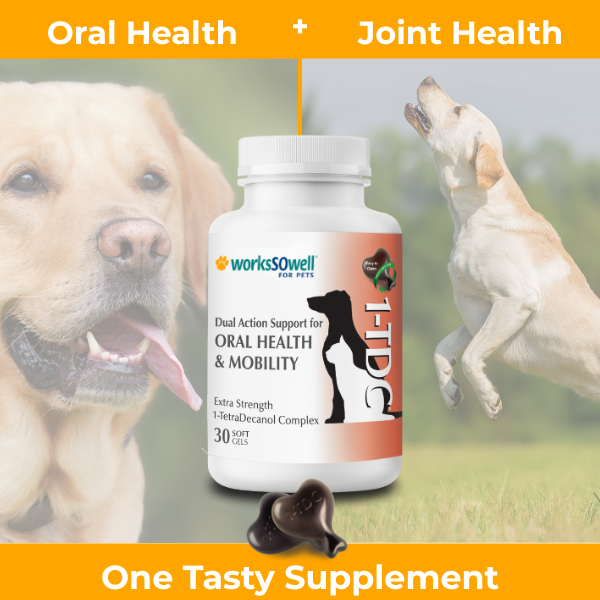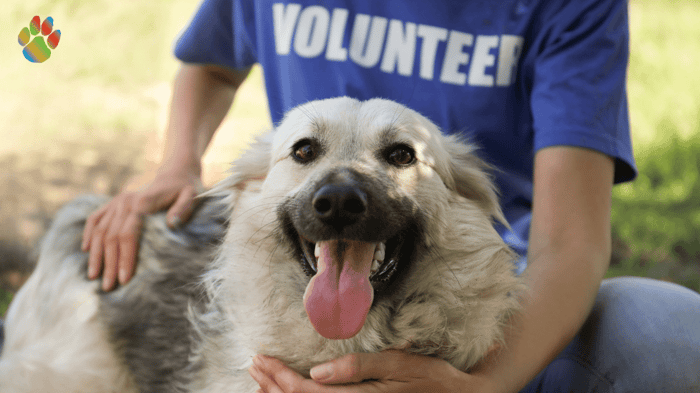Understanding Your Pet's Iliopsoas: Expert Insights from Dr. Torraca
Our furry friends bring us boundless joy and companionship, but as pet owners, it's our responsibility to ensure their well-being. One aspect of pet health that often goes overlooked is the iliopsoas muscle.
Dr. Torraca, a renowned expert in veterinary sports medicine and rehabilitation (WizardofPaws), has shared invaluable insights into this often-neglected part of our pets' anatomy and how the topical use of 1-TDC can provide significant benefits.
The Iliopsoas Muscle: A Vital but Overlooked Component
The iliopsoas muscle is a complex structure found deep within the abdomen and pelvis, extending to the hip joint. This muscle plays a crucial role in your pet's mobility, responsible for flexing the hip joint and stabilizing the lower back, aiding in walking, running, and even jumping.
However, due to its location, issues with the iliopsoas muscle often go undetected until they become a significant problem.
Dr. Torraca explains that the iliopsoas muscle is prone to injury, especially in active dogs engaged in activities like agility, flyball, or even simple play. Such injuries can cause pain, lameness, and reduced mobility in our beloved pets, making it vital to understand how to diagnose and address these issues effectively.
Expert Insights from Dr. Torraca
In a recent interview, Dr. Torraca shared her expertise on diagnosing and treating iliopsoas injuries in pets. Her years of experience in veterinary sports medicine have made her a go-to authority on the subject.
Click below to see the full interview
Diagnosis and Approach
Dr. Torraca emphasized the importance of a thorough diagnostic process, which may include musculoskeletal ultrasound, radiographs, and various diagnostic tools like digital thermal imaging and dynamic gait analysis. By ruling out other potential issues, veterinarians can pinpoint the iliopsoas as the source of the problem.
She highlighted the significance of palpation, a technique that involves feeling the muscle's condition. Owners can sometimes contribute to the diagnostic process by noticing signs like the dog's reluctance to extend or move specific limbs.
Treatment and Topical Use of 1-TDC
When it comes to treatment, Dr. Torraca stressed the need for a multifaceted approach. Laser therapy, shockwave therapy, and manual therapies are some of the tools used to alleviate pain and inflammation. However, one key aspect she highlighted was the topical application of 1-TDC (1-TetraDecanol Complex), an innovative solution that aids in promoting healthy inflammatory responses.
Dr. Torraca explained that after laser therapy, 1-TDC is applied topically to the iliopsoas muscle. This helps improve cell permeability and facilitates the absorption of 1-TDC, promoting a quicker recovery.
Pet owners can continue this treatment at home to ensure a more comprehensive healing process.
Prevention and Self-Care Tips
To prevent iliopsoas injuries, Dr. Torraca provided several tips for pet owners:
1. Proper Warm-Up and Cool-Down: Ensuring your pet engages in a warm-up and cool-down routine before and after exercise can significantly reduce the risk of injury.
2. Maintaining Core Strength: Incorporating core-strengthening exercises into your pet's routine can help support the iliopsoas muscle.
3. Balanced Exercise: Avoid overexerting your pet with high-intensity activities, especially at a young age. Balance high-impact sports with moderate exercise like walking.
4. Regular Assessment: Keep an eye on your pet's weight and physical condition. Obesity can increase the risk of muscle injuries.
5. Home Care: Simple stretches and exercises at home, such as having your pet prop up its front paws, can help maintain hip flexibility.
The Benefits of Topical 1-TDC
The topical use of 1-TDC, as recommended by Dr. Torraca, offers numerous advantages:
- Reduced Inflammation: 1-TDC helps promote healthy inflammatory responses in the iliopsoas muscle, promoting a faster recovery.
- Improved Cell Permeability: Applied after laser therapy, 1-TDC is easily absorbed, maximizing its effectiveness.
- Home Treatment: Owners can actively participate in their pet's recovery by applying 1-TDC at home, providing a sense of contribution to the healing process.
Conclusion
Dr. Torraca's insights shed light on the importance of the iliopsoas muscle in our pets' overall well-being. By understanding its function, recognizing the signs of injury, and leveraging innovative treatments like topical 1-TDC, we can ensure our furry companions enjoy a healthier, more active life. Prevention and early intervention are key, making it essential for pet owners to stay informed and take proactive steps to keep their pets injury-free.
1-TDC Oral Health + Mobility Support for Dogs

$33.00
Keep your pet Happy, Active & Comfortable from Head-to-Tail with 1-TDC. This unique supplement is SO effective that it is recommended by TOP Veterinary Experts worldwide to maintain and improve your pet’s health in 4 important areas: Oral Health….… read more









